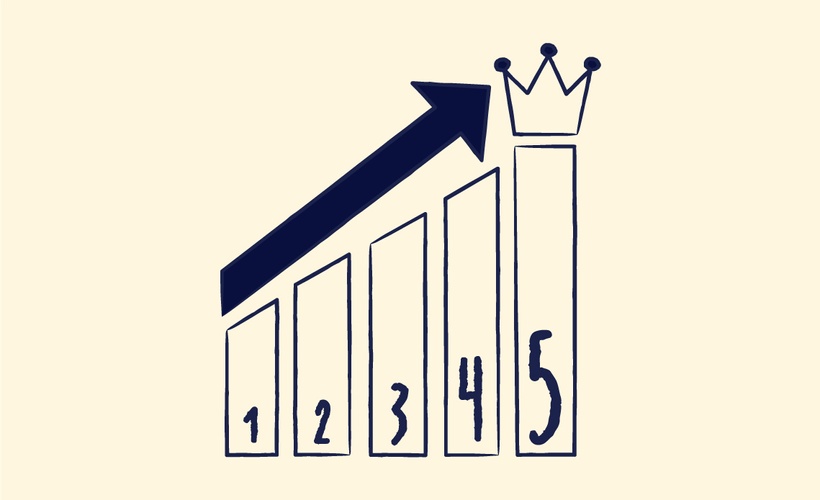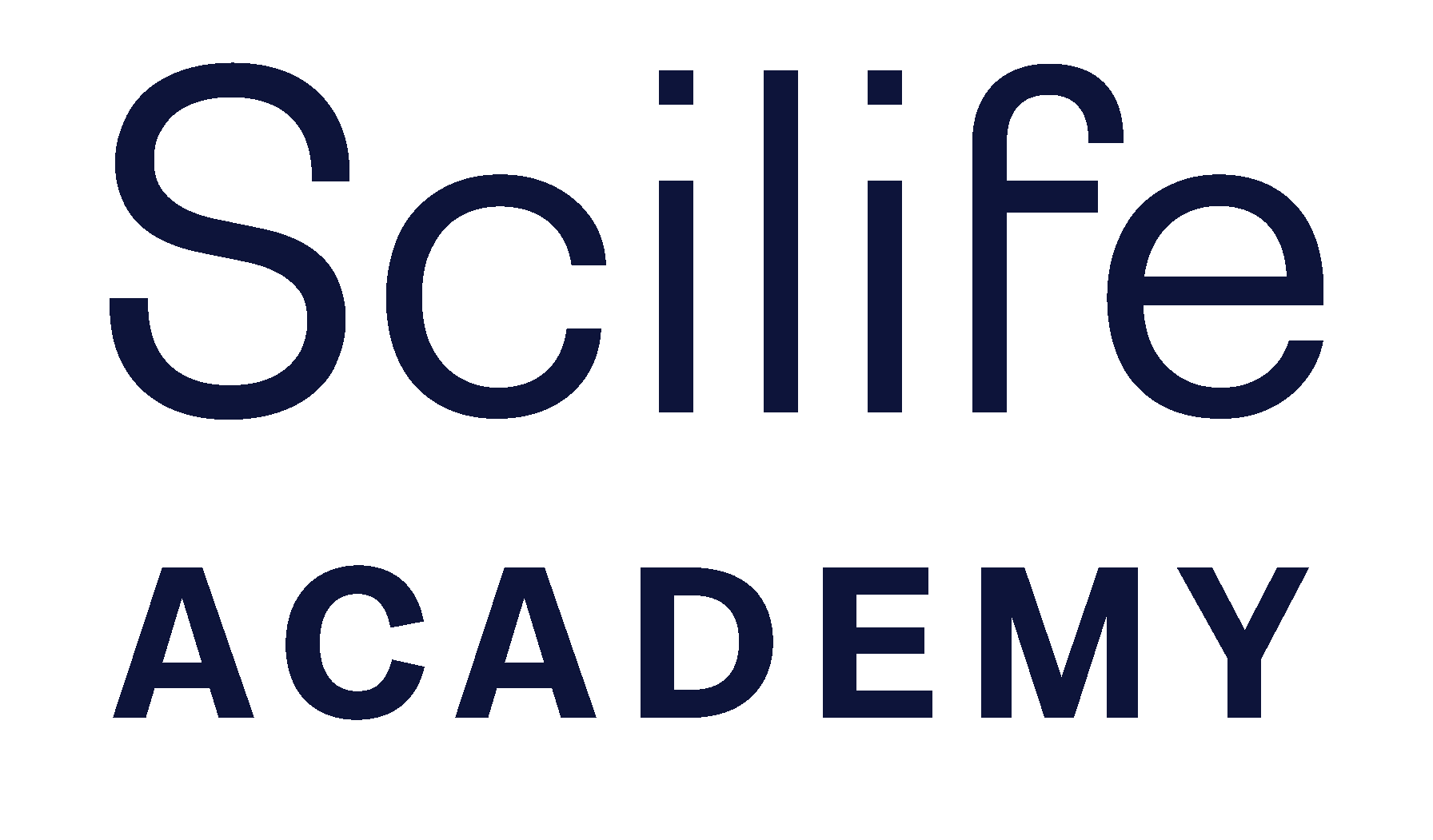
About the Course
Introduction to this course:
Find out how QMS documentation in the life sciences can be managed using the QMS pyramid model. Discover the 5 levels of the QMS documentation hierarchy, from policies to Work Instructions, ensuring compliance and efficiency. Explore the 5 steps to establish a QMS, mastering planning, execution, monitoring, and improvement, while gaining insights into risk management and essential documentation for continual quality and process improvement.
Who should attend:
This course is designed for QA managers, regulatory affairs specialists, document control personnel, and professionals in the life sciences who are involved in quality management, documentation, compliance, and process improvement.
Learning Outcomes:
By the end of this lesson, you will be able to:
Identify the five hierarchical levels of the QMS pyramid model, distinguishing between quality policies, processes, procedures, work instructions, forms, records, and templates.
Summarize the purpose and role of each level within the QMS pyramid model.
Explain the significance of organizing QMS documentation in a hierarchical structure, to ensure regulatory compliance, facilitate efficient operations, and enhance QC practices.
Define the five levels involved in establishing a QMS and explain the importance of analyzing internal and external factors influencing a business, to justify the necessity of strategic alignment within the QMS implementation.
What will I gain:
Participants will gain a comprehensive understanding of the QMS pyramid model and its application in managing QMS documentation within the life sciences industry.
Prerequisites:
A basic understanding of Quality Management Systems concepts and terminology is required for this course. Understanding document management systems and organizational processes will enhance learning.
Additional information:
Course duration: 00:39:26
Course code/version (effective date): L-12/v1.1 (17/07/2023), L-13/v1.0 (05/10/2022)
Course Categories
-
QMS documentation hierarchy and how to implement it
- Lesson 1: The QMS pyramid model
- Reading: How to implement the Continuous Improvement Cycle
-
5 Steps to establish a QMS system
- Lesson 2: Steps to establish a QMS: Stages 1 and 2
- Lesson 3: Steps to establish a QMS: Stages 3, 4, and 5
- Reading: What are the most important elements an eQMS should have?
About the Course
Introduction to this course:
Find out how QMS documentation in the life sciences can be managed using the QMS pyramid model. Discover the 5 levels of the QMS documentation hierarchy, from policies to Work Instructions, ensuring compliance and efficiency. Explore the 5 steps to establish a QMS, mastering planning, execution, monitoring, and improvement, while gaining insights into risk management and essential documentation for continual quality and process improvement.
Who should attend:
This course is designed for QA managers, regulatory affairs specialists, document control personnel, and professionals in the life sciences who are involved in quality management, documentation, compliance, and process improvement.
Learning Outcomes:
By the end of this lesson, you will be able to:
Identify the five hierarchical levels of the QMS pyramid model, distinguishing between quality policies, processes, procedures, work instructions, forms, records, and templates.
Summarize the purpose and role of each level within the QMS pyramid model.
Explain the significance of organizing QMS documentation in a hierarchical structure, to ensure regulatory compliance, facilitate efficient operations, and enhance QC practices.
Define the five levels involved in establishing a QMS and explain the importance of analyzing internal and external factors influencing a business, to justify the necessity of strategic alignment within the QMS implementation.
What will I gain:
Participants will gain a comprehensive understanding of the QMS pyramid model and its application in managing QMS documentation within the life sciences industry.
Prerequisites:
A basic understanding of Quality Management Systems concepts and terminology is required for this course. Understanding document management systems and organizational processes will enhance learning.
Additional information:
Course duration: 00:39:26
Course code/version (effective date): L-12/v1.1 (17/07/2023), L-13/v1.0 (05/10/2022)
-
QMS documentation hierarchy and how to implement it
- Lesson 1: The QMS pyramid model
- Reading: How to implement the Continuous Improvement Cycle
-
5 Steps to establish a QMS system
- Lesson 2: Steps to establish a QMS: Stages 1 and 2
- Lesson 3: Steps to establish a QMS: Stages 3, 4, and 5
- Reading: What are the most important elements an eQMS should have?
